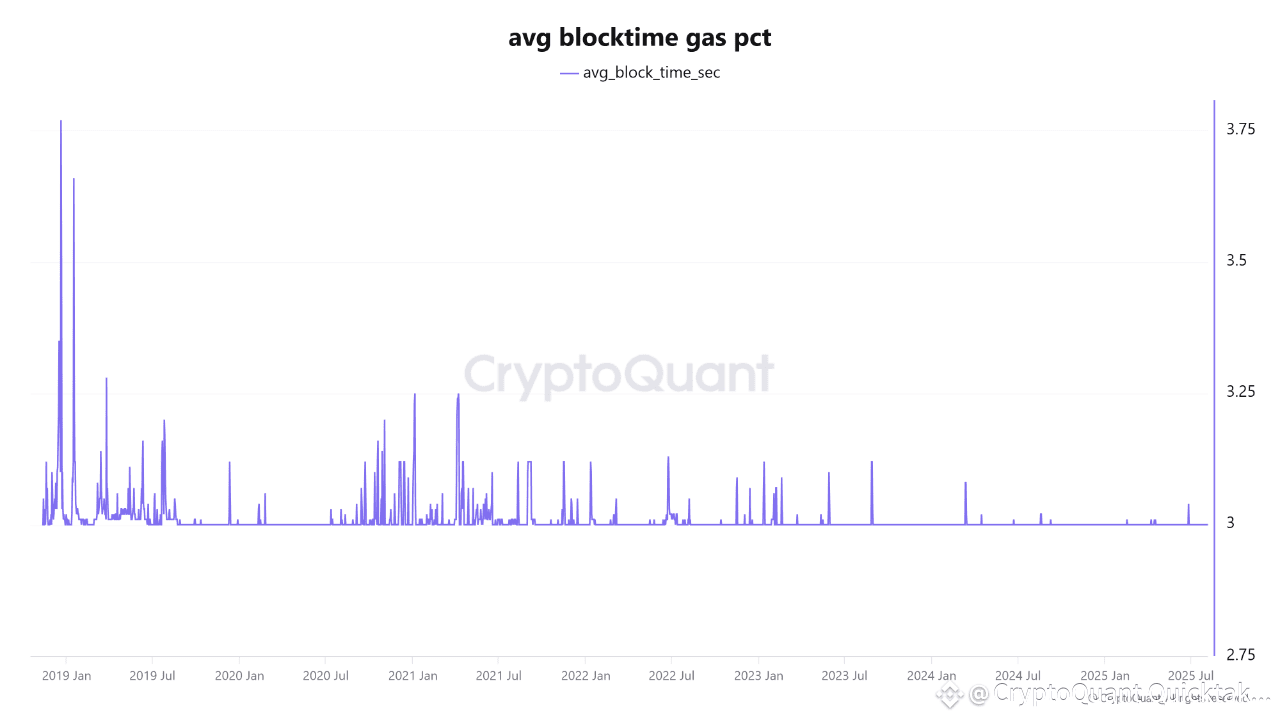Data on TRON’s average block time (avg_block_time_sec) from June to July 2025 shows that this metric has remained consistently around 3 seconds — a level perfectly aligned with the design goals of TRON’s DPoS consensus mechanism. This stability comes at a time when daily transaction volumes have noticeably increased, further cementing TRON’s position as a primary layer for processing and settling USDT payments.
One of the most significant events during this period was TRON’s listing on the Nasdaq Stock Exchange (July 30, 2025), which led to a surge in investor attention and transaction activity. Despite this increase in operational load, the network infrastructure maintained its performance without notable delays — a sign of optimized validator efficiency and better coordination among Super Representatives (SRs).
Another potential factor contributing to this stability is the rollout of planned P2P network upgrades in Q3 2025. These upgrades aim to reduce latency and improve node synchronization, and their initial effects may already be reflected in the block time performance.
From an investor’s and market analyst’s perspective, the consistency of block time alongside growing transaction volumes signals TRON’s technological maturity and its ability to meet the increasing demands of the market. At the same time, any sudden changes in this metric in the coming months could serve as an early warning sign of structural shifts or unexpected stress on the network.

Written by CryptoOnchain

